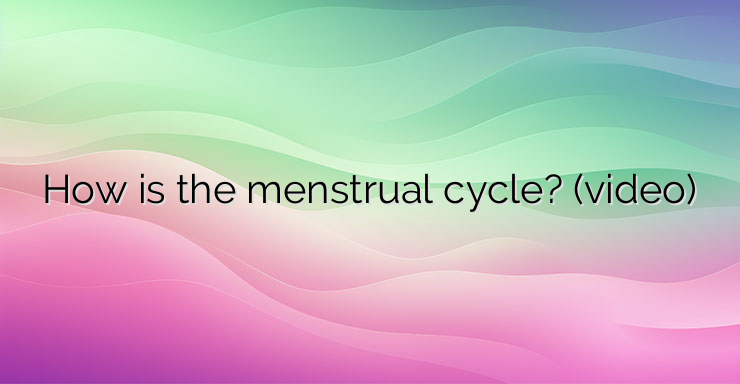The female reproductive system consists of several organs. Every month she prepares for conception. The organs that are part of it are ovaries, fallopian tubes, uterus and vagina. They all play a role in the menstrual cycle, which is the maturation, release and expulsion of the egg from the uterus, which occurs approximately every 28 days. What happens during this cycle? The ovaries are a pair of glands located on either side of the uterus. The fallopian tubes connect them to the uterus. The uterus is a hollow organ that has solid muscular walls. It is where the fertilized egg attaches and the embryo grows until it becomes a baby. The uterus is connected to the vagina by the cervix. Eggs develop in the ovaries, where they wait to start maturing. This process is controlled by the pituitary gland in the brain. It releases hormones into the bloodstream that ‘trigger’ the ovary to release a mature egg – the process is called ovulation and usually happens around day 13 and 15 of each cycle. Day one is the first day of the menstrual cycle. NEWS_MORE_BOX The ovaries also release the female hormone estrogen, which hardens the lining of the uterus in preparation for implantation of the fertilized egg. If it is not fertilized when it is implanted in the uterine lining, the mechanism of secretion of hormones produced by the ovaries is disturbed and they begin to decrease. As a result, the lining of the uterus peels off from the wall of the uterus and is released from the body through the vagina as menstrual bleeding. So the cycle starts all over again.


Leave a Reply